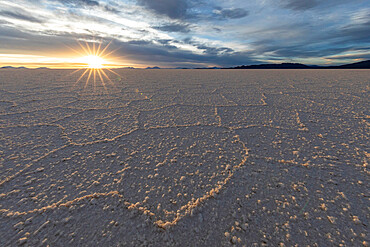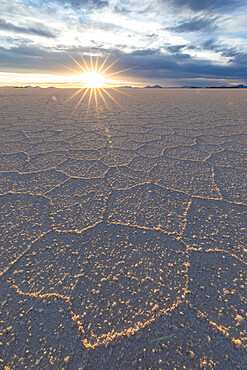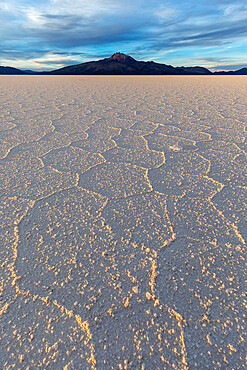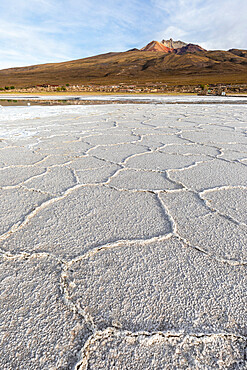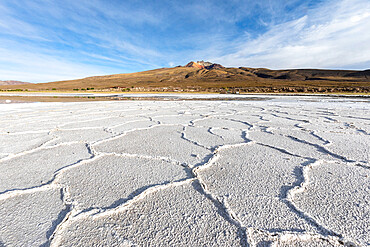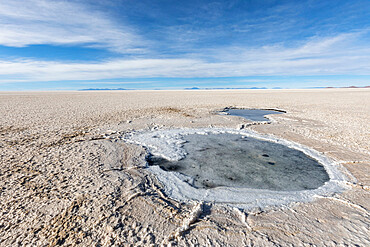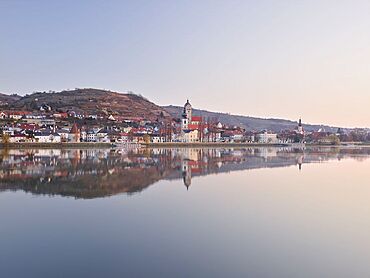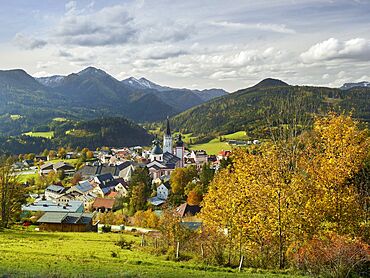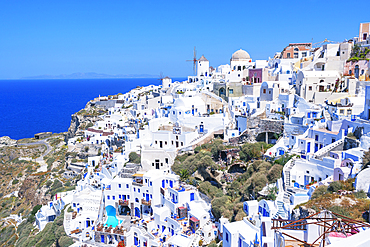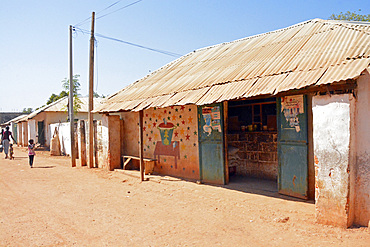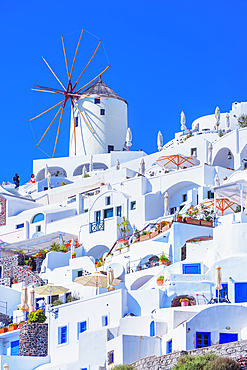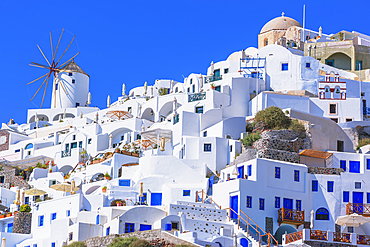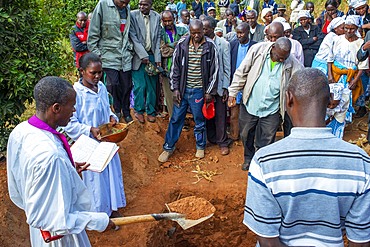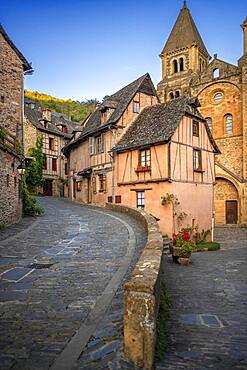Recent searches
Loading...
1112-6255 - Llamas (Lama glama), feeding near Coqueza, a small town near the Thunupa Volcano, Salar de Uyuni, Bolivia, South America
1112-6254 - Llamas (Lama glama), feeding near Coqueza, a small town near the Thunupa Volcano, Salar de Uyuni, Bolivia, South America
1112-6253 - Llamas (Lama glama), feeding near Coqueza, a small town near the Thunupa Volcano, Salar de Uyuni, Bolivia, South America
1179-5449 - Small village of Pianazzo on top of snowcapped mountain after a snowfall, Madesimo, Valle Spluga, Valtellina, Lombardy, Italy, Europe
1112-6203 - The salt flats near Coqueza, a small town near the Thunupa Volcano, Salar de Uyuni, Daniel Campos Province, Bolivia, South America
1112-6202 - The salt flats near Coqueza, a small town near the Thunupa Volcano, Salar de Uyuni, Daniel Campos Province, Bolivia, South America
1112-6204 - The salt flats near Coqueza, a small town near the Thunupa Volcano, Salar de Uyuni, Daniel Campos Province, Bolivia, South America
1112-6178 - The salt flats near Coqueza, a small town near the Thunupa Volcano, Salar de Uyuni, Daniel Campos Province, Bolivia, South America
1112-6176 - Abandoned village near Coqueza, a small town near the Thunupa Volcano, Salar de Uyuni, Bolivia, South America
1112-6177 - Abandoned village near Coqueza, a small town near the Thunupa Volcano, Salar de Uyuni, Bolivia, South America
1112-6173 - The salt flats near Coqueza, a small town near the Thunupa Volcano, Salar de Uyuni, Daniel Campos Province, Bolivia, South America
1112-6174 - The salt flats near Coqueza, a small town near the Thunupa Volcano, Salar de Uyuni, Daniel Campos Province, Bolivia, South America
1112-6175 - The salt flats near Coqueza, a small town near the Thunupa Volcano, Salar de Uyuni, Daniel Campos Province, Bolivia, South America
1112-6179 - Salt workers near Coqueza, a small town near the Thunupa Volcano, Salar de Uyuni, Daniel Campos Province, Bolivia, South America
1116-51291 - Wooden structure at the edge of Steingrimsfjorour, in Drangsnes, a small town in the Western part of Iceland; Iceland
1113-106778 - wintry snowy Heiligenblut, Grossglockner, Carinthia, Austria
1113-106806 - autumnal Heiligenblut, Grossglockner, Carinthia, Austria
1113-107195 - Old warehouses along the Nidelva ,, Trondheim, Norway
1113-107120 - Krems an der Donau, Wachau, Lower Austria, Austria
1113-106819 - View over Mariazell, Styria, Austria
1113-107161 - Aerial view of the Koffiemolen windmill and farm buildings, Formerum, Terschelling, West Frisian Islands, Friesland, Netherlands, Europe
1113-107113 - Angola; Huila Province; around Chibia; Jau Monastery; Monastery church
1113-107064 - Angola; in the western part of the province of Cunene; typical village of the Mucohona; small ethnic group in the southwest of Angola
1113-106903 - Church of St. Jakob in Wallgau, Upper Bavaria, Bavaria, Germany
1113-106365 - View of Oia village, Oia, Santorini, Cyclades Islands, Greece
1113-105689 - Gambia; Central River Region; Main street of Kuntaur; Married couple with luggage on their heads; Street scene in the morning sun;
1113-106355 - Oia village, Oia, Santorini, Cyclades Islands, Greece
1113-106362 - Oia village, Oia, Santorini, Cyclades Islands, Greece
1113-106655 - Evening at the old Hanseatic harbor in Stade, Lower Saxony, Germany
1113-106458 - Black houses with red windows and a grass roof in the village of Kirkjubøur on Streymoy in the sun, Faroe Islands
1113-106463 - Street by the village of Bour on Vagar, Faroe Islands
1113-105529 - Tegernsee with Rottach-Egern at night, Bodenschneid and Wallberg in the background, Tegernsee, Upper Bavaria, Bavaria, Germany
1113-106357 - View of Oia village, Oia, Santorini, Cyclades Islands, Greece
1113-105694 - Gambia; Central River Region; Shop in Janjanbureh; formerly Georgetown
1113-106180 - Shop front for textiles in Kyoto with a small delivery truck, Japan
1113-105547 - View over the wintry Tegernsee to the village of Rottach-Egern with the church Sankt Laurentius, Bavaria, Germany.
1113-106363 - Oia village, Oia, Santorini, Cyclades Islands, Greece
1113-106354 - Oia village, elevated view, Oia, Santorini, Cyclades Islands, Greece
1113-106444 - Village of Gjogv on Eysteroy with gorge, sea and mountains, Faroe Islands
1113-105517 - Old farmhouse with carvings, painting and cottage garden, Knuttihaus, Därstetten, Simmental, Bernese Alps, Bern, Switzerland
1113-106364 - Oia village, Oia, Santorini, Cyclades Islands, Greece
1113-105647 - People in village near Ampefy, Merina tribe, central highlands, Madagascar, Africa
1113-106360 - View of Oia village, Oia, Santorini, Cyclades Islands, Greece
1113-106358 - View of Oia village, Oia, Santorini, Cyclades Islands, Greece
1113-106439 - Village of Gjogv on Eysteroy with gorge, Faroe Islands
1113-106137 - The huts of Vorsaas in the Loetschental, Valais, Switzerland.
1113-106656 - Evening at the old Hanseatic harbor in Stade, Lower Saxony, Germany
1113-106455 - Black houses with red windows and a grass roof in the village of Kirkjubøur on Streymoy in the sun, Faroe Islands
1113-106359 - View of Oia village, Oia, Santorini, Cyclades Islands, Greece
1113-105546 - View over the wintry Tegernsee to the village of Rottach-Egern with the church Sankt Laurentius, Bavaria, Germany.
1113-105688 - Gambia; Central River Region; Kuntaur; on the main street; Wall with entrance gate to a private property
1113-105826 - Fishing village of Reine on Lofoten Islands at night, Reine, Norway
1113-105675 - Madagascar in the rain in the fishing village of Evatra, Southern Madagascar, Africa
1113-105693 - Gambia; Central River Region; Street in Janjanbureh; formerly Georgetown
1350-3870 - Funeral for the death of a person due to Coronavirus and AIDS in a small village near Kitui city in the Kamba country in Kenya, Africa.
1350-3869 - Funeral for the death of a person due to Coronavirus and AIDS in a small village near Kitui city in the Kamba country in Kenya, Africa.
1350-3855 - Outside primary and second school in a small village near Kitui city in the Kamba country in Kenya, Africa.
1350-3865 - Funeral for the death of a person due to Coronavirus and AIDS in a small village near Kitui city in the Kamba country in Kenya, Africa.
1350-3856 - Inside primary and second school in a small village near Kitui city in the Kamba country in Kenya, Africa.
1350-2688 - Verges, a small town in the Northeast of Catalonia (Spain), during Easter celebrates the Procession of Verges with skeletons dancing on the sound of a drum, Roman soldiers, known as the 'Manages', and a representation of the life and crucifixion of Jesus Christ. The Procession features the Dance of Death, a tradition from the Middle Age associated with epidemics and plagues and the only one remaining in Spain Ten skeletons dance to the beat of a drum to remember that no one is exempt of death. The backdrop of the medieval walls and towers of Verges is key to this macabre staging.
1350-3877 - Outside the church. Christian sunday mass in a small village near Kitui in the Kamba country in Kenya, Africa.
1350-3874 - Christian sunday mass in a small village near Kitui in the Kamba country in Kenya, Africa.
1350-3859 - Inside primary and second school in a small village near Kitui city in the Kamba country in Kenya, Africa.
1350-2693 - Verges, a small town in the Northeast of Catalonia (Spain), during Easter celebrates the Procession of Verges with skeletons dancing on the sound of a drum, Roman soldiers, known as the 'Manages', and a representation of the life and crucifixion of Jesus Christ. The Procession features the Dance of Death, a tradition from the Middle Age associated with epidemics and plagues and the only one remaining in Spain Ten skeletons dance to the beat of a drum to remember that no one is exempt of death. The backdrop of the medieval walls and towers of Verges is key to this macabre staging.
1350-3927 - Local people small shops and houses and narrow strees of the city town of Lamu in Kenya
1350-3926 - Local people small shops and houses and narrow strees of the city town of Lamu in Kenya
1350-2692 - Verges, a small town in the Northeast of Catalonia (Spain), during Easter celebrates the Procession of Verges with skeletons dancing on the sound of a drum, Roman soldiers, known as the 'Manages', and a representation of the life and crucifixion of Jesus Christ. The Procession features the Dance of Death, a tradition from the Middle Age associated with epidemics and plagues and the only one remaining in Spain Ten skeletons dance to the beat of a drum to remember that no one is exempt of death. The backdrop of the medieval walls and towers of Verges is key to this macabre staging.
1350-3860 - Inside primary and second school in a small village near Kitui city in the Kamba country in Kenya, Africa.
1350-3866 - Funeral for the death of a person due to Coronavirus and AIDS in a small village near Kitui city in the Kamba country in Kenya, Africa.
1350-2695 - Verges, a small town in the Northeast of Catalonia (Spain), during Easter celebrates the Procession of Verges with skeletons dancing on the sound of a drum, Roman soldiers, known as the 'Manages', and a representation of the life and crucifixion of Jesus Christ. The Procession features the Dance of Death, a tradition from the Middle Age associated with epidemics and plagues and the only one remaining in Spain Ten skeletons dance to the beat of a drum to remember that no one is exempt of death. The backdrop of the medieval walls and towers of Verges is key to this macabre staging.
1350-3854 - Inside primary and second school in a small village near Kitui city in the Kamba country in Kenya, Africa.
1350-3868 - Funeral for the death of a person due to Coronavirus and AIDS in a small village near Kitui city in the Kamba country in Kenya, Africa.
1350-3867 - Funeral for the death of a person due to Coronavirus and AIDS in a small village near Kitui city in the Kamba country in Kenya, Africa.
1350-3872 - Rich family dressed to go to Christian sunday mass in a small village near Kitui in the Kamba country in Kenya, Africa.
1350-3853 - Inside primary and second school in a small village near Kitui city in the Kamba country in Kenya, Africa.
1350-3863 - Playing drums in a funeral for the death of a person due to Coronavirus and AIDS in a small village near Kitui city in the Kamba country in Kenya, Africa.
1350-3861 - European blonde girls inside Inside primary and second school in a small village near Kitui city in the Kamba country in Kenya, Africa.
1350-3862 - Funeral for the death of a person due to Coronavirus and AIDS in a small village near Kitui city in the Kamba country in Kenya, Africa.
1350-3875 - Christian sunday mass in a small village near Kitui in the Kamba country in Kenya, Africa.
1350-2690 - Verges, a small town in the Northeast of Catalonia (Spain), during Easter celebrates the Procession of Verges with skeletons dancing on the sound of a drum, Roman soldiers, known as the 'Manages', and a representation of the life and crucifixion of Jesus Christ. The Procession features the Dance of Death, a tradition from the Middle Age associated with epidemics and plagues and the only one remaining in Spain Ten skeletons dance to the beat of a drum to remember that no one is exempt of death. The backdrop of the medieval walls and towers of Verges is key to this macabre staging.
1350-3857 - Outside primary and second school in a small village near Kitui city in the Kamba country in Kenya, Africa.
1350-2691 - Verges, a small town in the Northeast of Catalonia (Spain), during Easter celebrates the Procession of Verges with skeletons dancing on the sound of a drum, Roman soldiers, known as the 'Manages', and a representation of the life and crucifixion of Jesus Christ. The Procession features the Dance of Death, a tradition from the Middle Age associated with epidemics and plagues and the only one remaining in Spain Ten skeletons dance to the beat of a drum to remember that no one is exempt of death. The backdrop of the medieval walls and towers of Verges is key to this macabre staging.
1350-2687 - Verges, a small town in the Northeast of Catalonia (Spain), during Easter celebrates the Procession of Verges with skeletons dancing on the sound of a drum, Roman soldiers, known as the 'Manages', and a representation of the life and crucifixion of Jesus Christ. The Procession features the Dance of Death, a tradition from the Middle Age associated with epidemics and plagues and the only one remaining in Spain Ten skeletons dance to the beat of a drum to remember that no one is exempt of death. The backdrop of the medieval walls and towers of Verges is key to this macabre staging.
1350-2689 - Verges, a small town in the Northeast of Catalonia (Spain), during Easter celebrates the Procession of Verges with skeletons dancing on the sound of a drum, Roman soldiers, known as the 'Manages', and a representation of the life and crucifixion of Jesus Christ. The Procession features the Dance of Death, a tradition from the Middle Age associated with epidemics and plagues and the only one remaining in Spain Ten skeletons dance to the beat of a drum to remember that no one is exempt of death. The backdrop of the medieval walls and towers of Verges is key to this macabre staging.
1350-2696 - Verges, a small town in the Northeast of Catalonia (Spain), during Easter celebrates the Procession of Verges with skeletons dancing on the sound of a drum, Roman soldiers, known as the 'Manages', and a representation of the life and crucifixion of Jesus Christ. The Procession features the Dance of Death, a tradition from the Middle Age associated with epidemics and plagues and the only one remaining in Spain Ten skeletons dance to the beat of a drum to remember that no one is exempt of death. The backdrop of the medieval walls and towers of Verges is key to this macabre staging.
1350-3878 - European blonde girl giving the hand and sharing with a black children boy in the primary and second school in a small village near Kitui city in the Kamba country in Kenya, Africa.
1350-2697 - Verges, a small town in the Northeast of Catalonia (Spain), during Easter celebrates the Procession of Verges with skeletons dancing on the sound of a drum, Roman soldiers, known as the 'Manages', and a representation of the life and crucifixion of Jesus Christ. The Procession features the Dance of Death, a tradition from the Middle Age associated with epidemics and plagues and the only one remaining in Spain Ten skeletons dance to the beat of a drum to remember that no one is exempt of death. The backdrop of the medieval walls and towers of Verges is key to this macabre staging.
1350-3873 - Rich family dressed to go to Christian sunday mass in a small village near Kitui in the Kamba country in Kenya, Africa.
1350-2694 - Verges, a small town in the Northeast of Catalonia (Spain), during Easter celebrates the Procession of Verges with skeletons dancing on the sound of a drum, Roman soldiers, known as the 'Manages', and a representation of the life and crucifixion of Jesus Christ. The Procession features the Dance of Death, a tradition from the Middle Age associated with epidemics and plagues and the only one remaining in Spain Ten skeletons dance to the beat of a drum to remember that no one is exempt of death. The backdrop of the medieval walls and towers of Verges is key to this macabre staging.
1350-3871 - Funeral for the death of a person due to Coronavirus and AIDS in a small village near Kitui city in the Kamba country in Kenya, Africa.
1350-3864 - Funeral for the death of a person due to Coronavirus and AIDS in a small village near Kitui city in the Kamba country in Kenya, Africa.
1350-3858 - Inside primary and second school in a small village near Kitui city in the Kamba country in Kenya, Africa.
1350-3876 - Christian sunday mass in a small village near Kitui in the Kamba country in Kenya, Africa.
1174-10412 - Fruits and Vegetables sign and a closed market stall on a small town street
832-392333 - Naoussa, small harbour town, Paros Island, Cyclades, Greece, Europe
1174-10252 - Small town Town Hall building, American flag and elm tree
1174-10257 - Fuel sign for rural gas station in a small town.
1350-2281 - The small medieval village of Conques in France. It shows visitors its abbey-church and clustered houses topped by slate roofs. Crossing of narrow streets and monolith to the fallen ones in the war in the old medieval village of Conques on coats of the river Dordou
1350-2280 - The small medieval village of Conques in France. It shows visitors its abbey-church and clustered houses topped by slate roofs. Crossing of narrow streets and monolith to the fallen ones in the war in the old medieval village of Conques on coats of the river Dordou
1350-1285 - Young girls, friends arranging their hair, small town in the Tsingy de Bemaraha National Park. Madagascar, Africa




